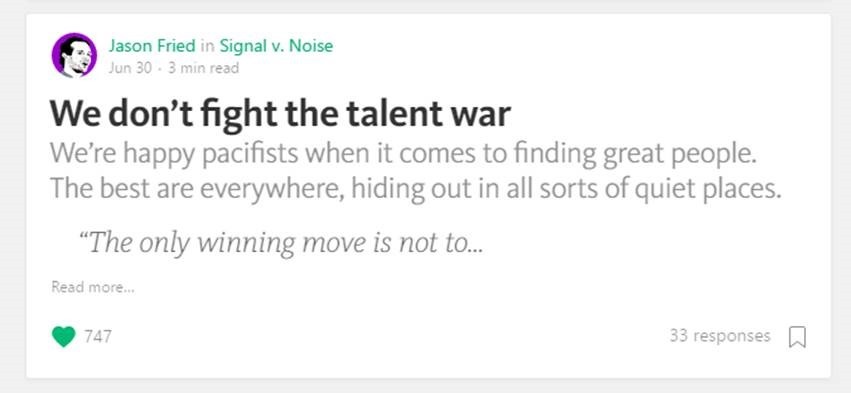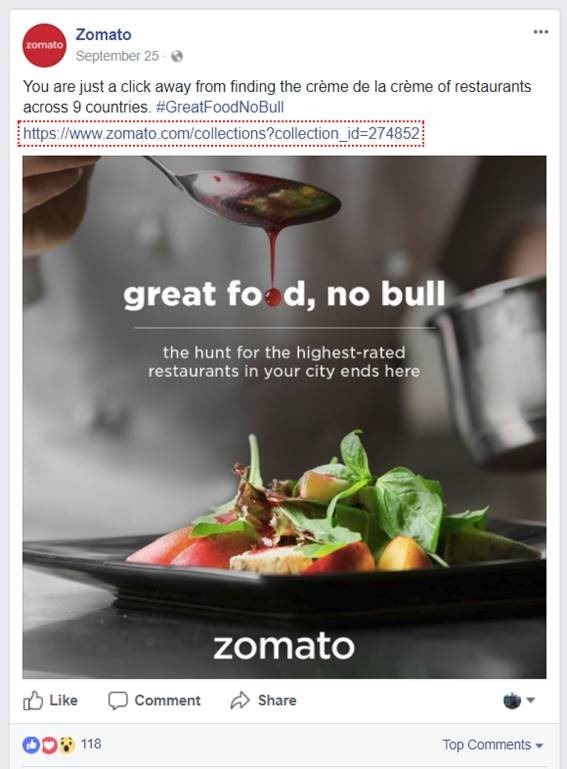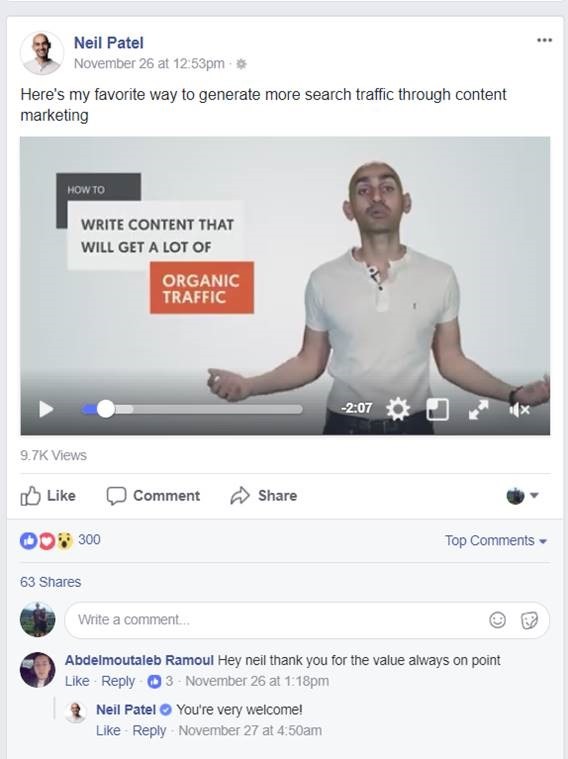
For years, a company’s content strategy has for long revolved around its own blog. But, the rapid evolution of social networks and mobile delivery methods (like AMP) have made it necessary to decentralize a company’s content strategy.
As 2017 wraps up, it’s becoming clearer and more evident that the vast pool of content outlets is only getting bigger and more advanced. That being said, sticking to a centralized, website-based publishing strategy will just drive you further into the depths of irrelevancy as time goes on.
When it comes to content decentralization, there are many things to keep in mind throughout your strategy. Let’s discuss some of the major points.
Content Communities
If you want to establish yourself as a thought leader in your field, you need to focus on content placement outside of your own channels. Sites like Medium and LinkedIn attract all kinds of original, high-quality content. Considering how these sites get millions of visitors every day (and are free to use), omitting them from your content strategy is essentially leaving money on the table. If you haven’t started already, it’s time to tap into such sites and use them to publish and promote your valuable content.
If you have a thought-provoking or a controversial piece that will surely get tongues wagging, publish them on Medium, LinkedIn, and other content communities. This is a great way to garner more views for your post and lead traffic to your website. Medium and LinkedIn offer an open ground for intelligent discussions.
See how Jason Fried grabbed eyeballs and started a discussion with this short but thought-provoking piece on Medium:

Eventually, the post earned over 40 comments and was republished by Inc. Magazine.
Engagement is a crucial metric in content marketing. For this reason, it’s incredibly beneficial to publish content on community-based sites like these.
Press Releases
One of the constant tasks content marketers face is expanding reach. Especially in the early stages, getting third-party mentions for your content – whether it be a journalist or industry influencer – is a phenomenal way to gain a level of credibility and web diversification. In a world brimming with branded content at every turn, credibility is a primary differentiator.
For this purpose, old school but fundamental PR practices, like sending out press releases, will continue to hold value. In fact, studies have found that 78% of successful marketers make use of press release services in the process of decentralizing their content.
Distributing press releases and following a “see what sticks” method with your audience targeting, unfortunately, does not always cut it.
As in nearly all walks of marketing these days, your approaches need to be backed with research and data-driven results. For whichever outlet, journalist, influencer, etc., you target, you need to have a firm understanding of what exactly their individual audiences find interesting. These insights need to be present in your pitch.
Press releases are the art form. Keep in mind, the people working behind the scenes of high traffic platforms likely get bombarded with hundreds – maybe even thousands - of pitches every day. If you want to avoid the dreaded trash folder, yours need to be compelling, articulate, and mutually beneficial.
Social Media
As you undoubtedly know by now, social media and content marketing are an inseparable pair. If you aren’t using social media to decentralize your content, you are WAY behind.
In 2018, there is going to be an estimated 2.62 billion people active on at least one social network. People from all over the world are turning to social media to discover thought-provoking content that piques their interest.
Regardless of your industry or niche, there is certainly a social network out there where your content will gain traction – in addition to the important players.
Social media has a fascinating characteristic that has changed the landscape of business as we know it. It gives brands the unique opportunity to convey their messaging in a way that puts a human voice and tone behind the business. It has become an astonishing way to connect with new audiences and prove to the world how your content is different from anything else on the web.
As a keen content producer with a lively social media presence, a well written blog about all things food, with regular memes and infographics woven through each of them, Zomato has slowly evolved into a cult online brand in India, with unbelievable amounts of user-generated content (the fact that it is a restaurant review site helps, of course).

In addition to decentralizing content on social media, many businesses these days are pushing the concept of personal branding – for themselves and employees in leadership positions. In a way, it is like decentralizing already-decentralized content even further.
Neil Patel is one of the most excellent examples of this:

Not only is he working to expand the reach of his companies (KISSmetrics, Crazy Egg, and Hello Bar), he is using his content to display a superior sense of expertise in the marketing world. No wonder he’s been at the top of his trade for the past decade!
Over To You
The harsh reality is, by itself, your website isn’t as important as you might think. In essence, it is only as powerful as the platforms and content that feed into it. The best content marketers aren’t just focusing on publishing branded website content. They are getting their name out there on famous blogging sites, news platforms, social media, and experimenting with the latest tools and content formats.
Decentralizing your content strategy should have a prominent role in your marketing mix for 2018 and beyond.
